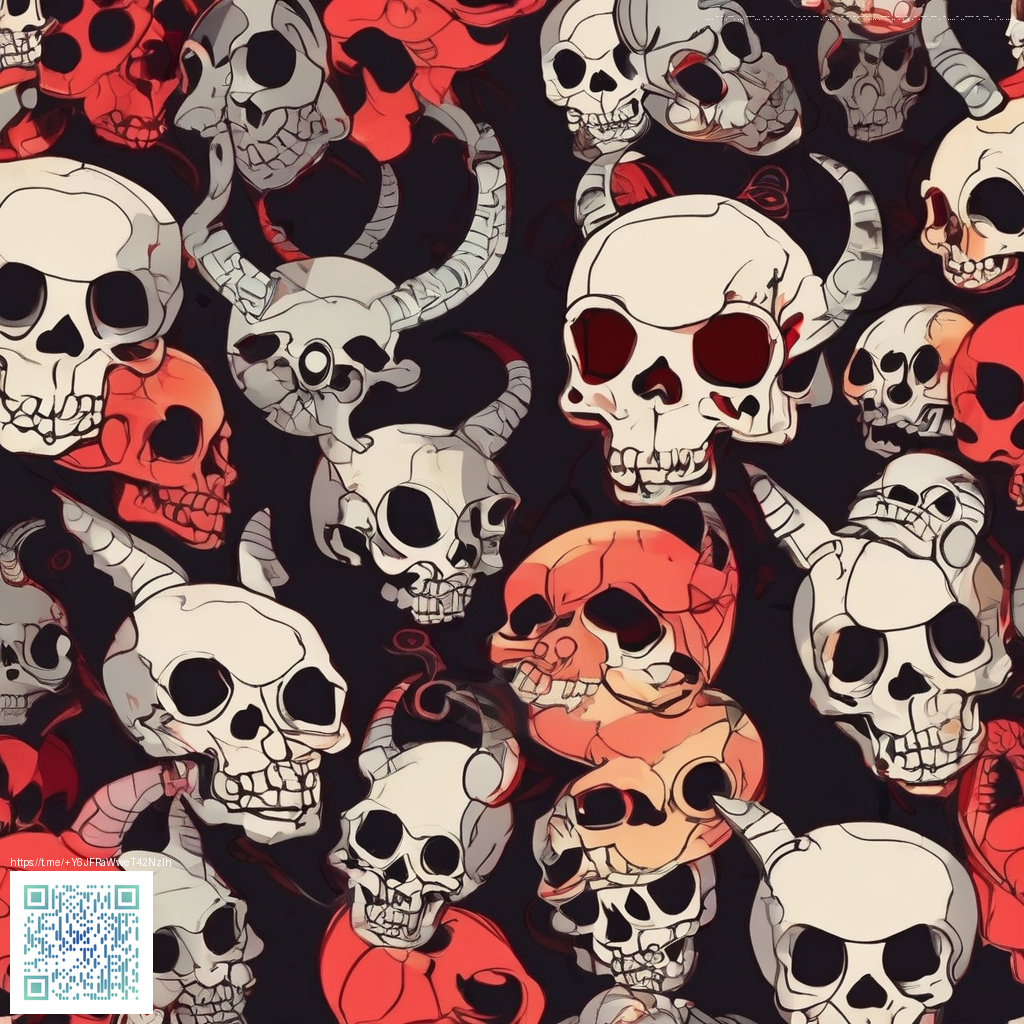
Structuring Your First Web App: A Practical Roadmap
Embarking on the journey to build your first web application can feel like stepping into a vast, unfamiliar city. The trick is not to sprint to the finish line, but to map out a practical route that scales with your growing ideas. This roadmap focuses on concrete, actionable steps—enough to keep you moving forward with confidence, while leaving room for experimentation. 🚀
1) Start with clarity: who, what, and why
Before you type a single line of code, crystallize the core. Who is this app for? What problem does it solve? Why now? A well-defined MVP (minimum viable product) helps you avoid scope creep and forces disciplined decision-making. Use simple user stories like “As a user, I want to X so I can Y.” This lens guides your feature list and keeps your architecture lean. 💡
- Audience: early adopters, internal teams, or a personal project
- Goal: the single, measurable outcome you want to achieve
- Scope: the smallest set of features that delivers value
As you plan, remember that comfort matters as much as capability. A steady desk setup can improve your focus; even a small upgrade like a sturdy Non-Slip Gaming Mouse Pad 9.5x8in – Anti-Fray Rubber Base (https://shopify.digital-vault.xyz/products/non-slip-gaming-mouse-pad-9-5x8in-anti-fray-rubber-base) can remove needless friction during long coding sessions. 🖱️🧭
2) Design a practical file and folder structure
A clean structure is a map you’ll reference every day. Start with a minimal, scalable layout and expand as features grow. Here’s a straightforward blueprint you can adapt:
- src/
- components/ — small, reusable UI pieces
- pages/ — route-level views
- hooks/ — custom React hooks or equivalents
- utils/ — helpers and utilities
- services/ — API clients, data access
- styles/ — design tokens and global styles
- assets/ — images, icons, fonts
- public/ — static assets and the app shell
- tests/ — unit and integration tests
Keep folder names semantic and consistent. This helps teammates (and your future self) navigate the project without unnecessary guesswork. A lightweight style guide is your friend here—think typography scales, color tokens, and accessible components. 🎯
3) Pick a minimal, sensible tech stack
Choose one frontend framework that you enjoy and a simple backend strategy. For many first-time projects, a small React or Vue frontend paired with a Node.js/Express or serverless backend offers a friendly balance of power and simplicity. For data, start with a lightweight store or a JSON-based mock API that you can swap later with a real database. The goal is to ship something usable quickly, then iterate. 🧩
“Ship early, ship often, and refine based on real feedback.” 🗺️
4) Plan routing, state, and data flow
Routing defines how users move through the app, while state management determines how data travels between components. For a starter app, consider:
- Routing: a single-page app (SPA) with a small router for two to five views
- State: lift state up as needed, then introduce a lightweight context/store for shared data
- Data flow: prefer downward data flow with explicit props and minimal side effects
Keep a rhythm of data-fetching and caching. For example, fetch data on mount, show a loading indicator, and gracefully handle errors. Small, predictable patterns beat fancy but brittle solutions in your first app. 🔄
5) Accessibility and performance from day one
Accessibility isn’t an afterthought; it’s a design constraint that benefits every user. Start with semantic HTML, proper alt text for images, and keyboard-navigable components. Performance wins come from thoughtful asset management, code-splitting where it makes sense, and lazy loading non-critical parts. You don’t need a mega-budget to build fast and inclusive experiences—simplicity and care go a long way. 🚦
6) Testing, quality, and a lightweight deployment plan
Sketch a lightweight testing strategy that mirrors your MVP. A few unit tests for critical utilities and simple end-to-end tests for core user flows can catch regressions early. For deployment, pick a straightforward environment: development, staging, and production, with a repeatable pipeline. Even with a small project, automation saves you time and reduces surprises when you roll out features. 🧪
7) Documentation and maintenance habits that pay off
Record decisions, document API contracts, and maintain a helpful README. Your future self—and any collaborators—will thank you when you can quickly onboard, troubleshoot, or pivot. A short glossary of terms and a quick-start guide can be the difference between “prototype” and “product.” 📚
In practice, a simple layout can look like a two-week sprint plan: week one focuses on the skeleton (routing, layout, and a couple of pages), week two adds interactivity and basic data flows, and week three tunes accessibility and performance. If you need a visual reference for a lean project blueprint, browse practical outlines like the example at https://area-53.zero-static.xyz/2db73d59.html. 👀
8) A tiny, concrete example you can copy
Imagine a to-do list app with three views: Home, Tasks, and Settings. Your file structure might look like the following:
- src/
- components/
- Button.js
- TaskItem.js
- pages/
- Home.jsx
- Tasks.jsx
- Settings.jsx
- hooks/
- utils/
- services/
- App.jsx
- index.js
- components/
Such a setup makes it easy to drop in features like local storage, a simple API mock, or a small state store without ripping up your architecture. And if you ever need a change of scenery, that same structure adapts to different domains with minimal friction. 🌱
Tip: keep your first version tiny but polished. Your users will thank you, and you’ll gain momentum with every confirmed assumption. 💬